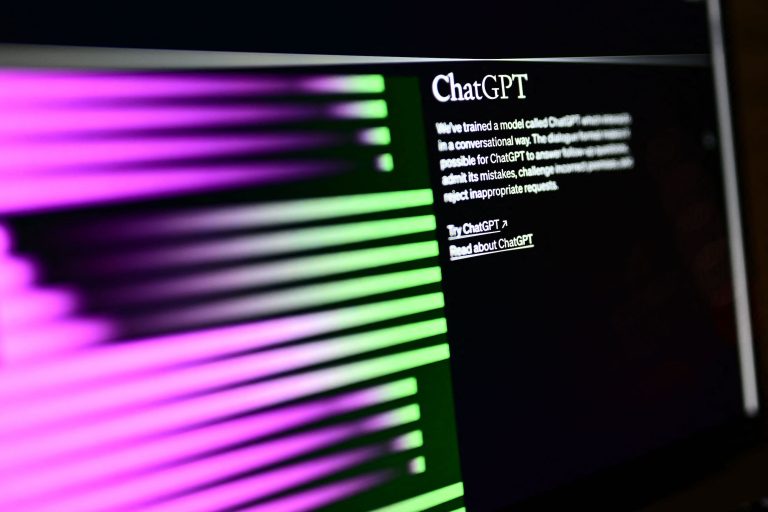In late February, artificial intelligence (AI) researchers from Gladstone AI — a leading AI safety company — published a report warning that governments are running out of time to design and implement comprehensive safeguards on the development and deployment of advanced AI systems.
In the report entitled, “Defence in Depth: An Action Plan to Increase the Safety and Security of Advanced AI,” the researchers wrote that superhuman AI systems could potentially escape their creators’ control and pose an “extinction-level” threat to humanity.
The report was commissioned by the U.S. Department of State, however the department says that the reports’ findings do not reflect the views of the U.S. government.
The researchers admit that all of the “frontier AI labs,” including OpenAI, Google Deepmind, and Anthropic, have openly declared the intent or expectation to “achieve human-level and superhuman artificial general intelligence (AGI) …. by the end of this decade or earlier.”
This achievement was once thought to be decades if not a century away.
Success
You are now signed up for our newsletter
Success
Check your email to complete sign up
“As a result, policymakers face a diminishing opportunity to introduce technically informed safeguards that can balance these considerations and ensure advanced AI is developed and adopted responsibly,” the researchers wrote. “The pace of development in AI is now so rapid that an ordinary policymaking process could be overtaken by events by the time the resulting policies take effect.”
READ MORE:
- House Bill Targets TikTok
- Chinese Weapons Industry Booming as Overall Economy in Decline
- US Seeks to Revive Dormant Shipyards With Help From South Korea and Japan
Two main categories of risk
Gladstone AI, which advocates for the responsible development of AI systems, says that risks fall into two main categories; the risk of AI developers losing control of an advanced AI and the potential use of advanced AI systems as weapons.
The authors, Edouard Harris, Jeremie Harris and Mark Beall, define AGI as “an AI system that can outperform humans across all economic and strategically relevant domains, such as producing practical long-term plans that are likely to work under real world conditions.”
“There is evidence to suggest that as advanced AI approaches AGI-like levels of human and superhuman general capability, it may become effectively uncontrollable,” the researchers wrote. “In the absence of countermeasures, a highly capable AI system may engage in so-called power seeking behaviors.”
The authors warn that these “power seeking behaviors,” in a worst case scenario, “could pose an extinction-level threat to the human species.”
In an interview with the Canadian Broadcasting Corporation (CBC) Gladstone AI CEO Jeremie Harris said, “There’s this risk that these systems start to get essentially dangerously creative. They’re able to invent dangerously creative strategies that achieve their programmed objectives while having very harmful side effects. So, that’s kind of the risk we’re looking at with loss of control.”
The second category of “catastrophic” risk, cited in the report, involves the use of advanced AI systems as weapons.
Harris told the CBC, “One example is cyber risk. We’re already seeing, for example, autonomous agents. You can go to one of these systems now and ask,… ‘Hey, I want you to build an app for me, right?’ That’s an amazing thing. It’s basically automating software engineering. This entire industry. That’s a wicked good thing.
“But imagine the same system … you’re asking it to carry out a massive distributed denial of service attack or some other cyber attack. The barrier to entry for some of these very powerful optimization applications drops, and the destructive footprint of malicious actors who use these systems increases rapidly as they get more powerful.”
Harris warned that bad actors could use advanced AI systems to wield weapons of mass destruction, including biological and chemical weapons.
READ MORE:
- Boeing Whistleblower’s Apparent Suicide Sparks Intense Online Discussion
- Japan’s Daiwa House Planning US Factory for Prefab Homes
- China Sets Ambitious Growth Target of 5% in Desperate Bid to Salvage Economy
‘Lines of effort’
Gladstone AI researchers say that governments, their allies and partners can work with the AI industry to implement five mutually supporting lines of effort (LOEs) to address the risk posed by advanced AI systems.
“These LOEs will establish (LOE1), formalize (LOE4), and internationalize (LOE5) safeguards on advanced AI development, while increasing preparedness (LOE2) and building technical capacity and capability (LOE3),” the researchers explain.
The researchers lay out a comprehensive strategy to address risk that includes the creation of an AI Observatory (AIO) to monitor developments in advanced AI and “ensure that the U.S. government’s view of the field is up-to-date and reliable.”
Efforts also include mandating an interim set of responsible AI development and adoption (RADA) safeguards for advanced systems and their developers, and creating an interagency AI Safety Task Force (ASTF) “to coordinate implementation and oversight of RADA safeguards.”
In addition, they recommend putting in place a set of controls on the AI supply chain, “calibrated to preserve U.S. government flexibility in the face of unpredictable risks.”
“Several of these LOEs also call for bold action beyond what has been required in previous periods of rapid technological change,” the authors explain, adding that, “We do not make these recommendations lightly. Rather, they reflect the unprecedented challenge posed by rapidly advancing AI capabilities which create the potential for catastrophic risks fundamentally unlike any that have previously been faced by the United States.”
The researchers conclude, “To paraphrase a safety researcher at a frontier lab, the risk from this technology will be at its most acute just as it seems poised to deliver its greatest benefits.”
















